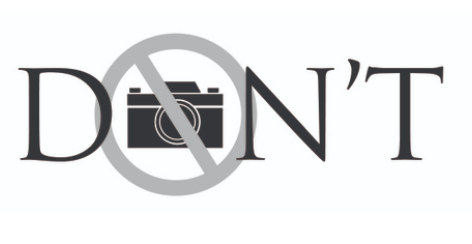Photograph by Jane Alden Stevens, 2022
Photographic Artist & Educator
My artwork studies relationships between humankind and the natural world. I am awed by nature’s beauty, its cycles and inherent perfection, and I am attuned to the ways in which it communicates how we might more fully live, and live in balance with it. I am also dismayed at how far removed humankind has become from nature, and the ramifications not only for the planet but for ourselves. My artwork documents these concerns poetically, and simultaneously serves as a meditation on our relationship with the more-than-human world.
I create using photographic media because its physical makeup mirrors nature itself— sensitivity to light, energy and time, metallic and chemical interactions, viability and expiration—and its ability to simultaneously record and infer. I utilize the entire range of photographic media from historic to digital; media choices underscore or mirror the concepts in each body of work.
My perspectives are influenced by nature writers, a unique multi-cultural heritage, Buddhist philosophy, and a lifetime living in nature. Summers spent living on a subsistence farm in Appalachia instilled a deep connection with the natural world from a very early age. I have lived in Colorado’s Front Range mountains for 20 years, though my heart remains in the Blue Ridge. The neighbors I most enjoy are elk, deer, fox, coyotes, bears and mountain lions. I live in nature, and I take forest stewardship seriously. In my off-time I hike and tend to my forest homes by building stone walls, removing trees for bark beetle fire mitigation, and restoring cultivated lands to a more native state.
My artwork is internationally exhibited, held in distinguished corporate and private collections, and has been recognized through awards and fellowships. I license images and produce commission artwork.
Collections Include: Center for Fine Art Photography, CO; James Crown Collection, Chicago; Kaiser Permanente, CO; UDECX Corp, OH; Reynolds Collection, OH; Ann Arbor Development Authority, MI; Claritas Corp, FL; Smithsonian Museum, DC; Archdiocese of Prague, Czech Republic, numerous private collections.
Gallery Representation: Michael Warren Contemporary
News & Publications
This video documents the making of my “Vestiges” series.
Elements TextBook
The Elements of Photography came from many years teaching in both Fine Art and Commercial Photography programs. I recognized the benefits of the educational approaches embraced by both types of programs, and the limitations of how exposure to only one form of practice reduced students’ options and chances for success in the field upon graduation. So I developed a course that spoke to all my students, who created incredibly sophisticated work in only one semester of study. To reach even more young photographers, I turned that course into this book.
The Elements of Photography examines four elements specific to every image created through the action of light. These elements form what i call the grammar of photographic language, because they constitute the technical foundation, and dictate the visual outcome, of all photographic images. They are: the photographic frame and its borders; the aperture or lens and its effects on focus, clarity, depth of field and viewer attention; the shutter speed and its effects relative to time and motion; and the physical media used to create the aggregate image and/or photographic object.
Together these elements answer a three-part question that defines the essence of photographic language: “What are the essential technical elements inherent to photographic image making, how do those elements dictate discrete visual outcomes, and what meanings do those outcomes suggest in relation to the subject?” To fully mine the medium’s potential, photographers must expertly address these grammatical elements, regardless of field of practice and choice of media.










